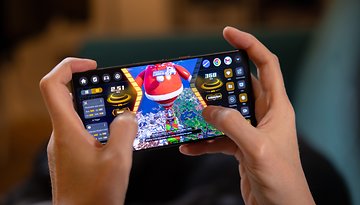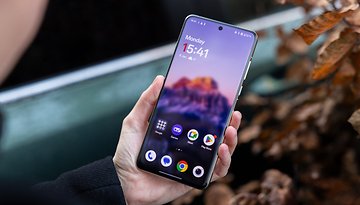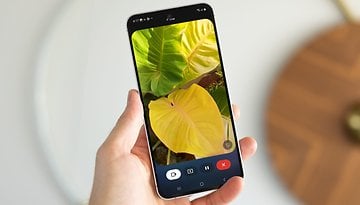Nokia’s all-in on computational photography is a well-calculated gamble
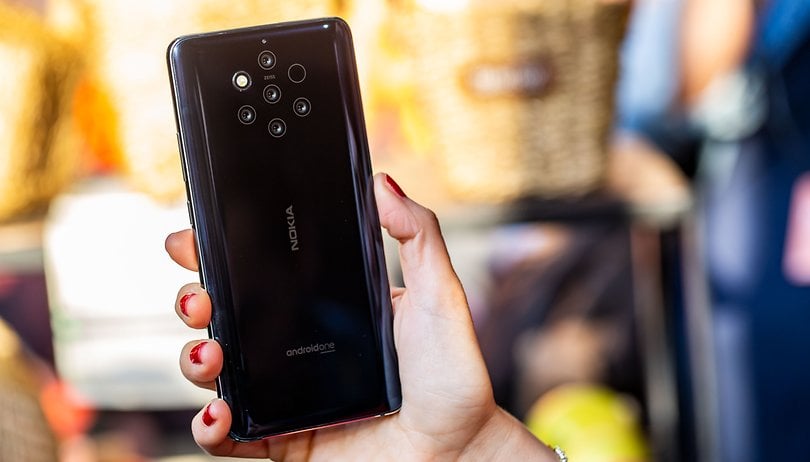

Read in other languages:
At the MWC 2019 in Barcelona, HMD Global unveiled its new flagship smartphone, the Nokia 9 PureView. Sure, we all had a chuckle when we first saw that five-camera setup on the back, but this is not a move of desperation for the Finnish brand. It’s a risk well worth taking.
There’s no getting away from the fact that, when images were laked of the Nokia 9’s five-eyed camera cocktail, it looked like a photoshop job done to satirize the industry's obsession with one-up marketing. However, during the HMD Global keynote this week, the logic behind this strange design choice was revealed, and I’m kind of sold on it.
The Nokia 9 PureView represents an unwavering commitment to computational photography. If this was a game of poker, the chips would all be in the middle. What is interesting about these five cameras is that they are not there to give smartphone photographers more options. If anything, the opposite is true.
How does computational photography work?
The Nokia 9 PureView features two RGB color sensors and three monochrome. They’re all 12MP. They all have the same focal length. This is not a toolbox of cameras for different shots, such as we saw on the LG V40 ThinQ - another five-camera smartphone with a mix of ultra-wide-angle and telephoto lenses - this Nokia setup is more of a team effort.
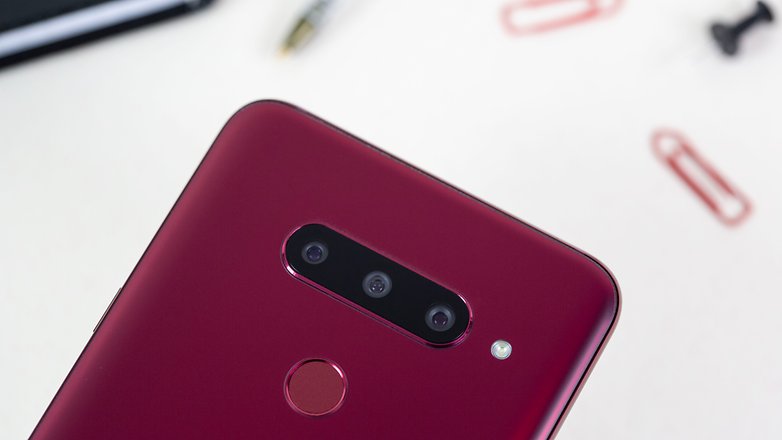
When you hit the shutter button, all five camera lenses are triggered simultaneously. The exception being if you choose to shoot in black and white, of course, which will only trigger the three monochrome lenses. All of the cameras, working all of the time, that’s the idea.
Like a vintage Arsenal counter-attack, stringing together meticulously coordinated, intertwined movements. The ball-in-the-back-of-the-net moment comes when an HDR image appears on your screen. The raw data from those five lenses is crunched by the processor, like a high-speed composer, pulling together all the notes into a symphony of photography. The post-processing is done via a duet between Qualcomm’s Snapdragon 845 and HMD’s own image co-processor.
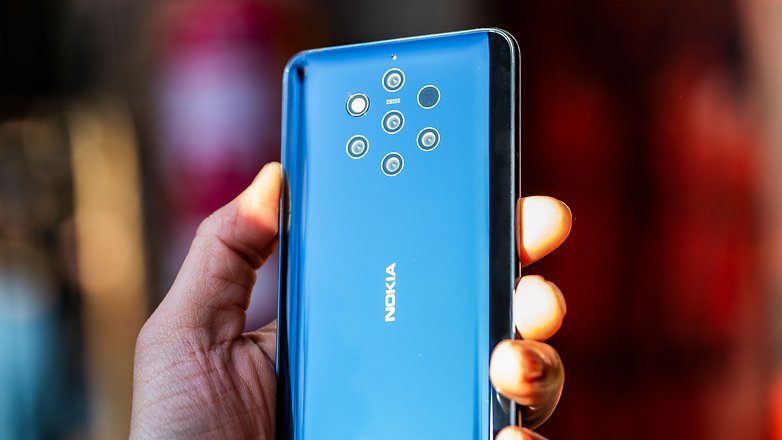
The photos on stage, particularly those taken by wildlife photographer and reluctant sell-out Konsta Punkka, were incredible. The depth of field control is unparalleled, and the black and white shots genuinely atmospheric. Combined with all the bells and whistles that come with Google’s first-party Photos app, the Nokia 9 PureView looks mightily impressive in the camera department.
Is the camera king in danger of being dethroned?
This is not the first time we’ve experienced the wonders of computational photography in the smartphone industry, of course. Google has been pioneering this path for smartphone photography for years on its Pixel phones, and just about every manufacturer is adopting this approach. The mind-boggling Night Sight mode on the new Pixel 3 and Pixel 3 XL is a testament to how computerizing the process of taking pictures can take results to a whole new level, at least for amateur photographers like me, who takes pictures exclusively on a smartphone and does not even own a proper camera. As artificial intelligence and machine learning continues to improve, the results are only got to get better and better.
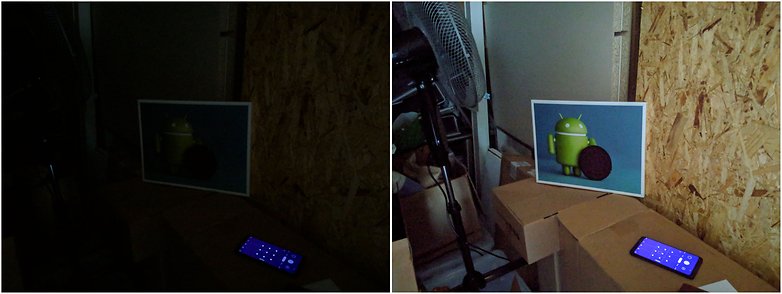
But the Pixel 3 smartphones use a single 12MP lens. Shootouts such as our own Camera World Cup last year have provided fuel for the ridicule of all of this obsession with more lenses. I’ll admit I fell into the same trap when the Nokia 9 PureView first leaked. Now, I’m having second thoughts. This may or may not be the best smartphone camera on the market in 2019 - that would be a huge ask with phones like the Huawei P30 Pro and the new S10 range in the mix - but one thing is for sure, Nokia is on the right track here.
We all smirked when we saw that monster-eyed five-camera setup, but it’s HMD Global that is going to have the last laugh with the Nokia 9 PureView, along with those consumers who buy one. I can just feel it.






